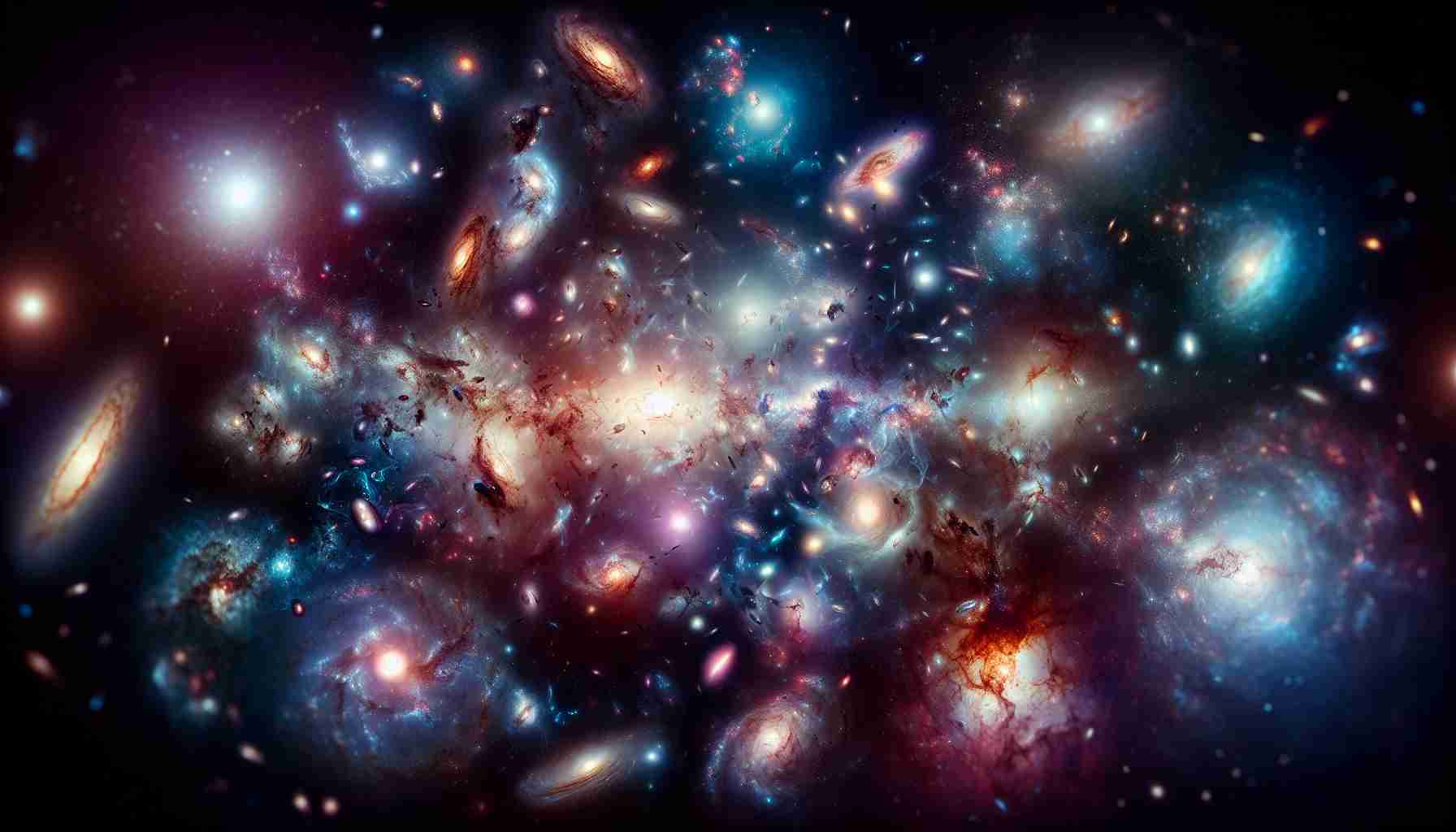Summary:
Galaxies, the vast systems of stars, gas, and dust that populate our universe, have long fascinated astronomers. Over the years, significant discoveries have been made that shed light on the processes involved in the formation and evolution of galaxies. This article explores some of the most notable findings in galaxy formation research, providing a glimpse into the rich tapestry of our cosmic origins.
Introduction:
Galaxies are immense structures consisting of billions or even trillions of stars, held together by gravitational forces. Understanding how these galaxies formed and evolved has been a central focus of astronomical research. With advancements in technology and observations, scientists have made remarkable discoveries that have enriched our knowledge of the universe. In this article, we will delve into some of the key revelations in the field of galaxy formation, shedding light on the awe-inspiring mechanisms that have shaped our cosmic surroundings.
The Discovery of Galaxy Mergers
A crucial breakthrough in understanding galaxy formation came with the discovery of galaxy mergers. Astronomers observed that galaxies can collide and merge, leading to the formation of larger, more massive structures. Through computer simulations and observations, scientists have demonstrated that galaxy mergers play a crucial role in the evolution of galaxies. By analyzing the light emitted from these merging systems, researchers can discern important information about star formation rates and the redistribution of gas and stellar material.
One such example is the Antennae Galaxies (NGC 4038 and NGC 4039), a pair of interacting galaxies located in the constellation Corvus. Their collision has created a stunning burst of stellar nurseries, triggering intense star formation. The study of merging galaxies like the Antennae has provided valuable insights into the processes that fuel the growth and transformation of galaxies over cosmic timescales.
The Role of Dark Matter
Another significant finding in the field of galaxy formation pertains to the role of dark matter. Dark matter, an elusive substance that does not interact with light, has been instrumental in shaping the large-scale structure of the universe. Astronomers have discovered that galaxies reside within massive halos of dark matter, accounting for the gravitational forces holding them together.
By examining the motion of stars and gas within galaxies, scientists infer the presence and influence of dark matter. Detailed studies of galactic rotation curves have revealed discrepancies between the predicted motion based on visible matter alone and the observed motion. These discrepancies suggest the presence of vast amounts of dark matter, contributing significantly to the overall mass of galaxies.
Quenching of Star Formation in Galaxies
Understanding the processes that quench or halt star formation in galaxies has been a topic of great interest in recent years. Galaxies are known to undergo a phase called “quiescence” during which their star-forming activity diminishes significantly. Research has shown that this quenching is closely related to various factors, including galaxy mergers, feedback from active galactic nuclei (AGN), and the depletion of gas reservoirs.
Studies have revealed that AGN, powered by supermassive black holes residing at the centers of galaxies, play a crucial role in regulating star formation rates. The energy released by these black holes can heat or expel the gas within galaxies, inhibiting the formation of new stars. The intricate interplay between various mechanisms influencing star formation in galaxies remains an active area of research.
FAQs
Q1: What is the significance of studying galaxy formation?
Understanding galaxy formation provides insights into the origins and evolution of our universe. It helps us comprehend the processes that have shaped and continue to shape the cosmic structures we observe.
Q2: How do scientists study galaxy formation?
Scientists study galaxy formation through a combination of observations, computer simulations, and theoretical modeling. Observations using ground and space-based telescopes provide data about the distribution of stars, gas, and dark matter within galaxies.
Q3: Are there any ongoing missions or future projects focused on galaxy formation?
Yes, several missions and projects, such as the James Webb Space Telescope (JWST), the Wide Field Infrared Survey Telescope (WFIRST), and the Square Kilometre Array (SKA), have galaxy formation and evolution as key science objectives.
Sources:
1. NASA: https://www.nasa.gov/
2. European Space Agency (ESA): https://www.esa.int/
3. Royal Astronomical Society (RAS): https://www.ras.org.uk/
The source of the article is from the blog dk1250.com
